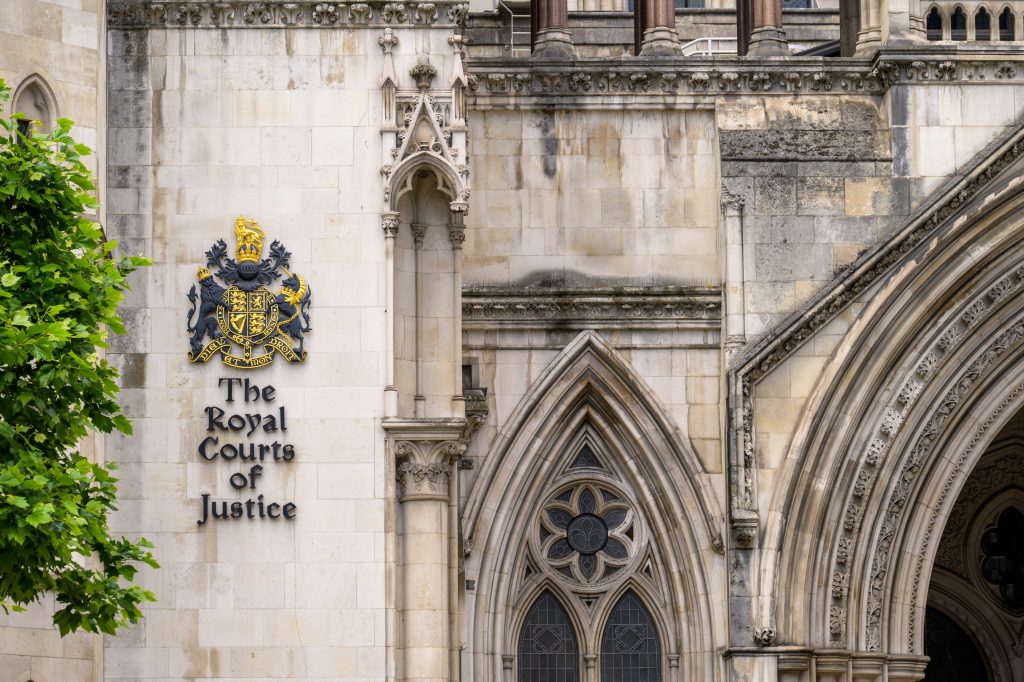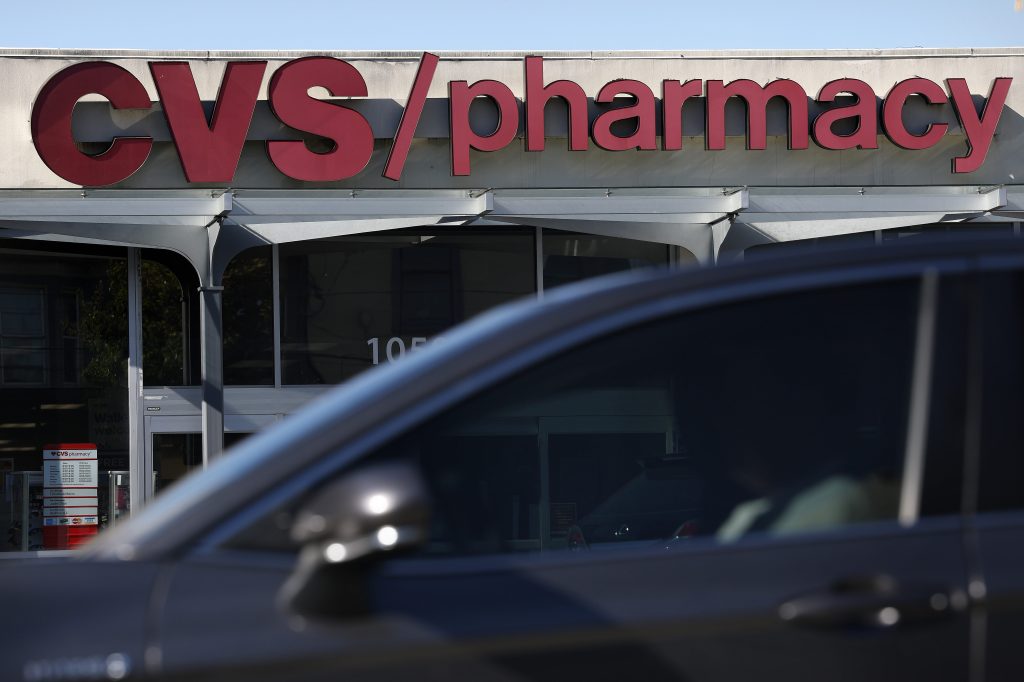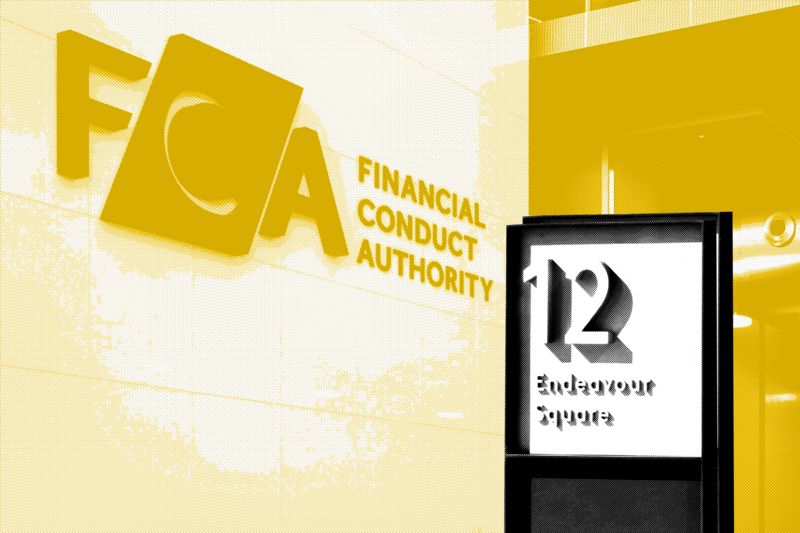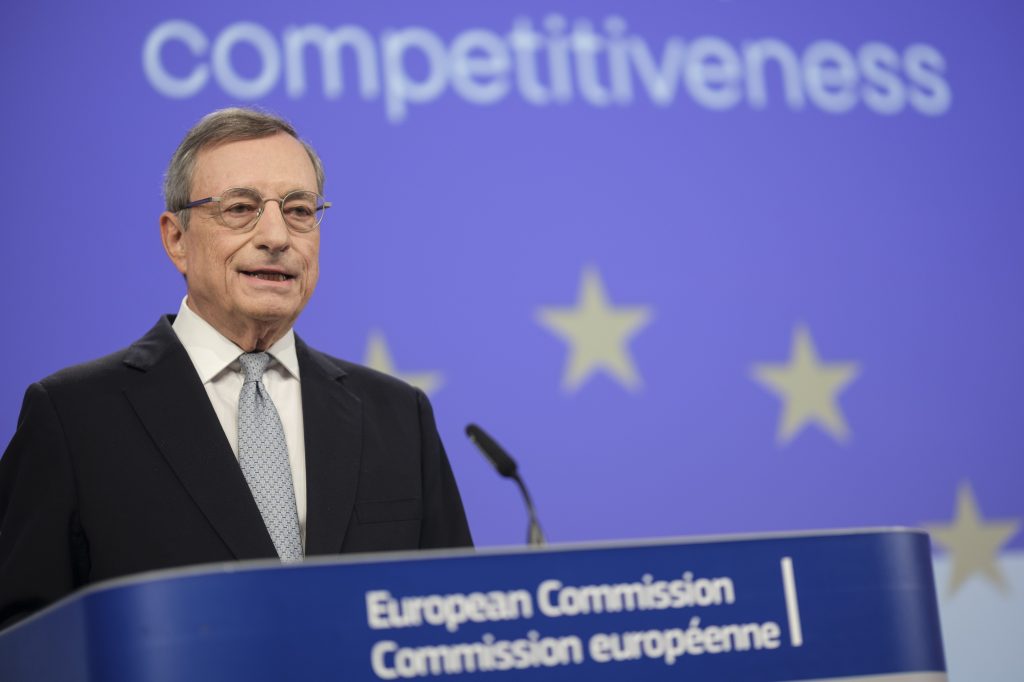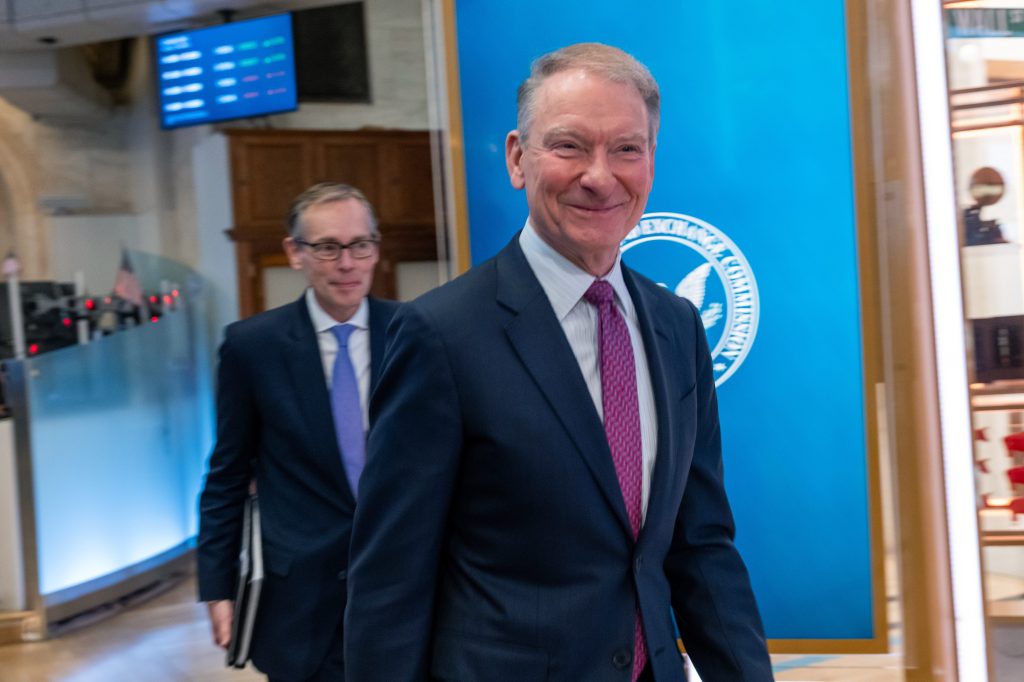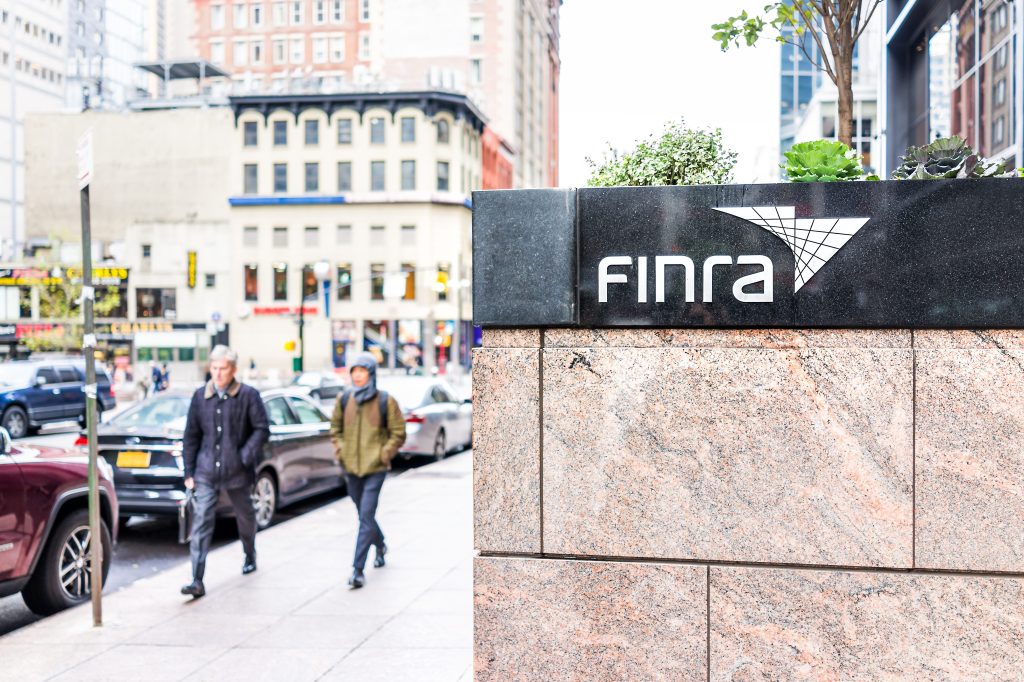FINRA’s transformation is unfolding on several fronts. A sweeping reorganization has merged Enforcement, Member Supervision, and Market Oversight into a new Regulatory Operations group, while Market and Regulatory Services now unites its transparency and disclosure functions under Chief Market Services Officer Stephanie Dumont.
The agency has also begun pilot programs allowing firms that self-identify compliance failures under Rule 4530 to investigate and remediate them internally, and it plans a Regulatory Notice introducing a more transparent spectrum of cooperation credit.
These initiatives, taken together, mark a regulator seeking not just to punish misconduct after the fact, but to modernize, coordinate, and educate before harm occurs.
Re-evaluating “extraordinary cooperation”
The relevance of FINRA’s evolving cooperation framework was underscored by a recent case: Ally Invest Securities LLC agreed to an $850,000 fine and censure for recordkeeping and supervision failures tied to its electronic-communications retention systems. From 2016 through 2022, the firm failed to preserve roughly 22.6 million business-related communications and left 521,000 messages unreviewed.
Despite these lapses, FINRA granted the broker “extraordinary cooperation,” citing its proactive self-reporting, detailed internal investigation, and prompt remediation of the underlying technical faults across three messaging platforms.
That outcome illustrates the very point FINRA officials have been stressing: the regulator is moving toward a clearer, more transparent framework for rewarding cooperation and remediation. In upcoming guidance, FINRA plans to replace the opaque, all-or-nothing notion of extraordinary cooperation with a spectrum of credit that recognizes different degrees of proactive conduct.
During a recent regional compliance event, FINRA officials explained that firms that self-identify problems, investigate them internally, and swiftly correct them, as Ally Invest did, could expect tangible recognition in sanctions or case handling.
They added that while the enforcement program has long included references to “sanctions considerations” in Acceptance, Waiver and Consent (AWC) settlements, the new approach will make such credit more visible and consistent.
In some matters, that may take the form of reduced fines; in others, the closure of cases with Cautionary Action or No Further Action Letters where remediation satisfies regulatory concerns. FINRA aims to make these decisions explicit so firms understand how cooperation and remediation affect enforcement outcomes.
Coordination with the SEC
Officials said FINRA has strengthened its coordination with the SEC to avoid regulatory duplication.
In examinations, the two agencies now coordinate schedules to ensure firms are not reviewed by both at the same time. On enforcement matters, FINRA and the SEC are establishing connection points between dockets to improve visibility while maintaining FINRA’s independence as a self-regulatory organization.
In some cases, both agencies may bring actions; in others, one may defer if the other proceeds. Officials emphasized that while FINRA makes independent regulatory judgments, it takes into account whether other regulators are already addressing a given issue.
Enforcement reforms
Several weeks ago, FINRA announced a substantial internal reorganization aimed at strengthening coordination among its regulatory units and improving efficiency across enforcement, supervision, and market oversight.
The changes create two new operating groups. The first, Regulatory Operations (RegOps), brings together Enforcement, Member Supervision, and Market Oversight under the leadership of Greg Ruppert, who assumes the role of Chief Regulatory Operations Officer.
The second, Market and Regulatory Services, is led by Stephanie Dumont, Chief Market Services Officer, and consolidates Transparency Services, Credit Registration, Education and Disclosure, Regulatory Services Management, and Strategic and Regulatory Engagement Programs.
According to FINRA officials, the goal is to “realign groups within FINRA to better advance our mission.” The restructuring is designed to promote a more coordinated regulatory relationship with member firms, expand intelligence sharing, and integrate technologies and processes so that internal hand-offs between departments occur more smoothly.
The new model is expected to help FINRA “pivot and redeploy resources more rapidly to respond to the complex and changing array of risks for markets and investors.”
Realignment and structural integration
The reorganization follows several years of gradual consolidation. Around five years ago, FINRA merged Market Regulation Enforcement, Home Office Enforcement, and Regional Enforcement into a single structure.
Enforcement is now organized into eight Chief Counsel Groups, each composed of directors and attorneys aligned with investigative teams. These groups are designed to act as generalists capable of handling any type of case.
In 2025, FINRA began an Enforcement Specialization Pilot to develop deeper expertise for more complex investigations. Under this pilot, eleven specialization areas were created to improve consistency and build subject-matter depth across enforcement teams.
Officials said the pilot remains under evaluation and may be modified as needed, describing it as an “evergreen” process. They expect that firms will begin to notice more integrated case handling, with fewer instances where an exam or inquiry is passed between multiple FINRA units.
The reorganization aims to make processes more efficient from start to finish and deliver more consistent outcomes for both firms and investors.
Enforcement priorities
Recent research from the FINRA Investor Education Foundation, published in October 2025, has underlined why investor protection remains at the core of the organization’s enforcement mission.
The national survey found that retail investors active in cryptocurrency and meme-stock markets are far more likely than their peers to fall for investment schemes promising unrealistically high, risk-free returns.
As one official explained, “You shouldn’t check your own homework.”
Half of US investors said they would invest in a hypothetical offer guaranteeing a 25% annual return for five years; among crypto investors the share jumped to 65%, and among meme-stock buyers to 77%. The survey also showed heightened vulnerability among younger and less-experienced investors, as well as those who rely on social-media personalities for financial advice.
The findings illustrate why “protecting investors and markets” remains FINRA’s foremost priority and why the agency continues to combine enforcement with investor-education efforts to counter misinformation, speculative marketing, and the growing influence of online trading trends.
FINRA’s enforcement leadership noted that its priorities remain consistent with those outlined by Bill St. Louis, Head of Enforcement, in April 2024.
These include:
- protecting investors and markets;
- enhancing transparency of enforcement to external stakeholders;
- increasing efficiency and reducing the time to complete cases; and
- improving collaboration with FINRA’s regulatory operations partners;
These four objectives continue to guide FINRA’s enforcement approach.
Officials acknowledged that the SEC has expressed a desire to return to a more traditional enforcement focus centered on fraud and investor harm. However, FINRA emphasized that, as a self-regulatory organization (SRO), it has a distinct mandate.
Most FINRA cases, particularly those against individuals, are non-fraud matters arising from firm-filed reports, often following the termination of registered representatives for actions such as borrowing from customers.
For firms, enforcement actions frequently involve net capital violations, Regulation SP (privacy) breaches, and trade reporting failures. FINRA cited recent cases involving the Trade Reporting and Compliance Engine (TRACE), where firms failed to include the required known remuneration indicator. Officials stated that such matters, though not headline-grabbing, remain a central part of FINRA’s regulatory work.
Upcoming enforcement actions are expected to include Regulation Best Interest (Reg BI) cases, supervisory failures related to manipulative trading and continuing anti-money-laundering matters. Several recent sweeps, including those on options account openings, finfluencer activities, and crypto communications, have concluded or are nearing completion, and FINRA plans to launch new sweeps in coordination with RegOps.
External review of enforcement
As part of the broader FINRA Forward initiative to enhance effectiveness and efficiency, FINRA has engaged two external experts, former SEC Commissioner Troy Paredes and Professor Paul Eckerd of the College of William & Mary, to conduct a comprehensive review of the enforcement program.
Their review will assess external perceptions of FINRA enforcement, examine governance processes, internal policies and procedures, and how FINRA coordinates with state and federal regulators. The review will also study how matters transition into enforcement cases. Their findings will be presented to FINRA’s Board upon completion.
The initiative, announced by FINRA CEO Robert Cook in July, reflects the regulator’s interest in obtaining independent feedback. As one official explained, “You shouldn’t check your own homework.”
Off-channel comms and heightened supervision
Regarding the ongoing issue of off-channel communications, FINRA indicated that it has long pursued such cases and will continue to do so where appropriate, typically when accompanied by related violations.
The agency aims to ensure enforcement in this area is “right-sized.” Following earlier SEC settlements that resulted in statutory disqualifications for several firms, FINRA worked with affected members to revise their oversight frameworks.
All affected member firms have now implemented Heightened Supervision Plan 2.0, a narrower and less burdensome model than the original supervision plans. Officials said the new approach has been well-received and has reduced unnecessary compliance burdens while maintaining appropriate oversight standards.
New procedures for enforcement intros
FINRA has also formalized introductory meetings at the start of enforcement proceedings. When a matter officially moves from RegOps to Enforcement, the firm will now receive an Initial Notification Letter offering a meeting with enforcement staff.
Previously, outreach could occur through a simple letter or through a Rule 8210 request for documents.
Under the new process, firms will be invited, but not required, to attend an initial meeting in which FINRA staff outline the enforcement process, explain the focus of the matter, and invite preliminary feedback.
Officials said the meetings aim to improve transparency and “humanize” interactions, particularly for firms with limited prior enforcement experience. Early reports suggest that firms have received the meetings positively, and regulators hope they will help expedite case resolution.
Pilot program under Rule 4530
FINRA is piloting a new approach under Rule 4530(b), which requires firms to report within 30 days any self-identified, material compliance issues.
In the past, firms complained that shortly after filing such reports they would receive a Rule 8210 request demanding extensive documentation, even as they were still investigating the issue internally.
The pilot will allow certain firms that have proactively reported issues to conduct their own internal investigations and report back their findings to RegOps staff, rather than being immediately subject to directed oversight.
The program will not apply in all cases but is intended for situations where firms act responsibly and transparently. Many such issues involve technology or system-feed errors that firms are well-placed to remediate. The objective is to give firms the space to assess and fix problems while allowing FINRA to evaluate the results afterward.
Officials confirmed that cooperation and remediation under this program could result in credit for cooperation, though they emphasized that not every self-report evolves into an enforcement matter. The pilot reflects FINRA’s desire to recognize proactive compliance behavior.
A modernized regulator
FINRA’s leadership emphasized that the agency has undergone a significant modernization.
Once dependent on banker’s boxes for case files, it now operates fully electronically, with advanced information-production systems and technology capabilities.
Officials also noted that internal management practices now incorporate performance tools such as objectives and key results (OKRs), regular press-clipping briefings, and professional development programs more typical of the private sector.
Outlook
Taken together, the reorganization, the enforcement pilot programs, and the external review form part of a broader effort to make FINRA more efficient, transparent, and adaptable.
The regulator expects that its new structure, combining enforcement, supervision, and market oversight under unified leadership, will lead to faster case handling, better coordination with other regulators, and more consistent outcomes for member firms and investors.
Officials say the reforms are still in progress but express confidence that the integrated model and the new cooperation framework will improve regulatory outcomes and strengthen FINRA’s role as the industry’s front-line supervisor.


